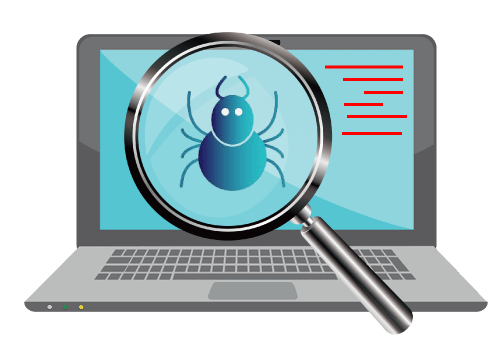In today’s digital landscape, web applications are the backbone of many businesses, serving as the primary interface for customers and users. Ensuring the reliability of web apps is paramount to maintain a positive user experience and the reputation of your brand. This is where testing and debugging tools come into play, serving as the guardians of web app reliability. In this blog post, we’ll explore the essential testing and debugging tools that every web developer and QA engineer should have in their arsenal to ensure the seamless functioning of web applications.
- The Imperative of Web App Reliability
- Testing Types and Strategies
- Essential Testing Tools
- Debugging for Perfection
- Continuous Integration and Continuous Delivery (CI/CD)
- Performance Testing and Monitoring
- The Human Element: User Acceptance Testing
- Accessibility Testing
- Beyond Tools: Best Practices and Culture
- Conclusion

The Imperative of Web App Reliability
Before diving into the world of testing and debugging tools, let’s understand why web app reliability is crucial. We’ll discuss how unreliable web apps can lead to user frustration, loss of revenue, and damage to brand reputation. This chapter sets the stage for the importance of robust testing and debugging.
Testing Types and Strategies
Effective testing begins with a well-defined strategy. In this chapter, we’ll explore various testing types, from unit testing and integration testing to performance testing and user acceptance testing. We’ll discuss when and how to use each type to ensure comprehensive coverage.
Essential Testing Tools
This section delves into the toolbox of testing tools. We’ll showcase popular testing frameworks and libraries, such as Selenium, Jest, and JUnit, and how they streamline the testing process. Readers will gain insights into the capabilities of these tools and their suitability for different testing scenarios.
Debugging for Perfection
Even with extensive testing, bugs can slip through the cracks. Chapter 4 introduces the art of debugging, where we’ll explore debugging principles and methodologies. We’ll discuss debugging tools like Chrome DevTools and Visual Studio Code, demonstrating how they aid in identifying and resolving issues.

Continuous Integration and Continuous Delivery (CI/CD)
In the world of modern web app development, CI/CD pipelines are essential for maintaining reliability. We’ll discuss how automation, using tools like Jenkins and Travis CI, streamlines testing and deployment, ensuring that web apps remain reliable through frequent updates.
Performance Testing and Monitoring
Web app reliability also hinges on performance. We’ll delve into performance testing tools like Apache JMeter and New Relic, exploring how they help identify bottlenecks and optimize web app performance.\
The Human Element: User Acceptance Testing
User acceptance testing is often the final frontier before a web app goes live. We’ll discuss the human element of testing, the role of end-users, and how tools like TestRail and UserTesting.com facilitate this crucial phase.
For more information on Debugging, Reach out to us.
Accessibility Testing
Ensuring your web app is accessible to all users, including those with disabilities, is not only ethically sound but also a legal requirement. We’ll introduce accessibility testing tools like Axe and Wave, and highlight their importance in achieving web app reliability.

Beyond Tools: Best Practices and Culture
In the concluding chapter, we’ll emphasize that tools are just one aspect of ensuring web app reliability. We’ll discuss the significance of fostering a culture of quality assurance and best practices that go hand in hand with testing and debugging tools.
Conclusion
Web app reliability is not an option; it’s a necessity in today’s digital age. By harnessing the power of testing and debugging tools, web developers and QA engineers can ensure that web applications not only meet but exceed user expectations. This blog post serves as a roadmap to guide professionals in selecting and using the right tools to guarantee the seamless operation of web apps and, ultimately, deliver exceptional user experiences.



